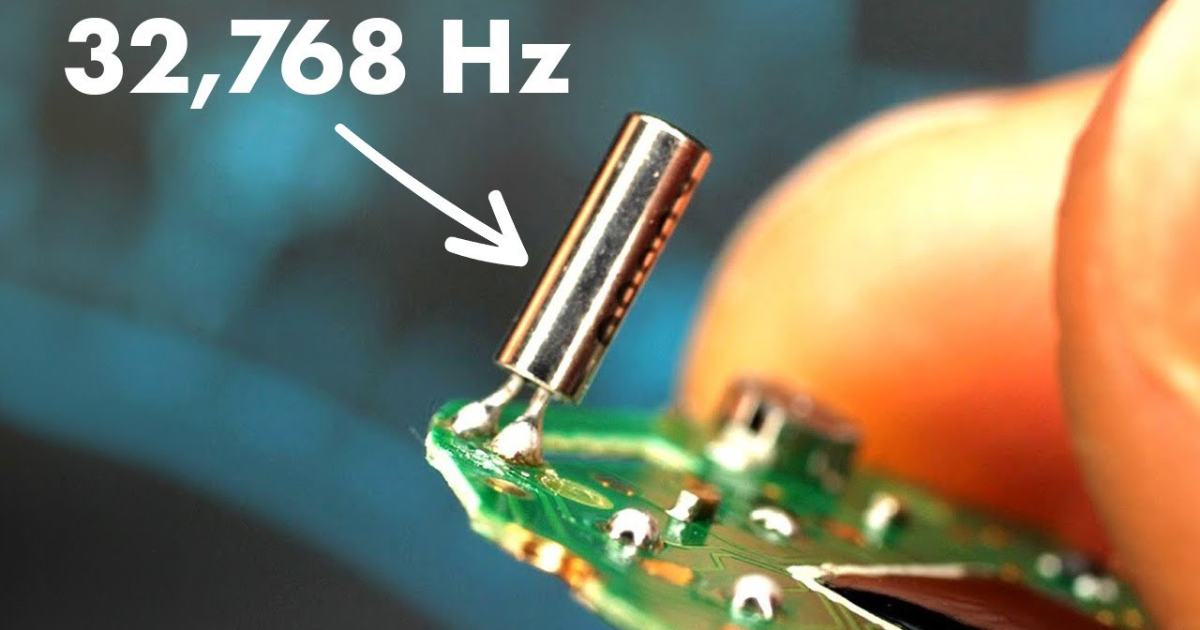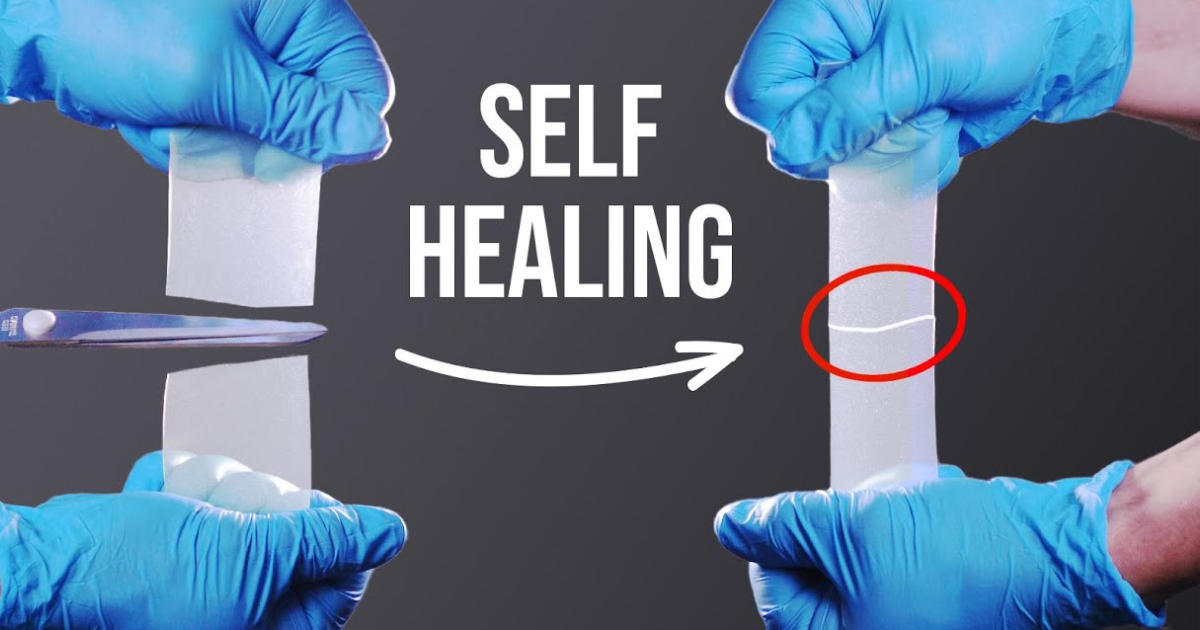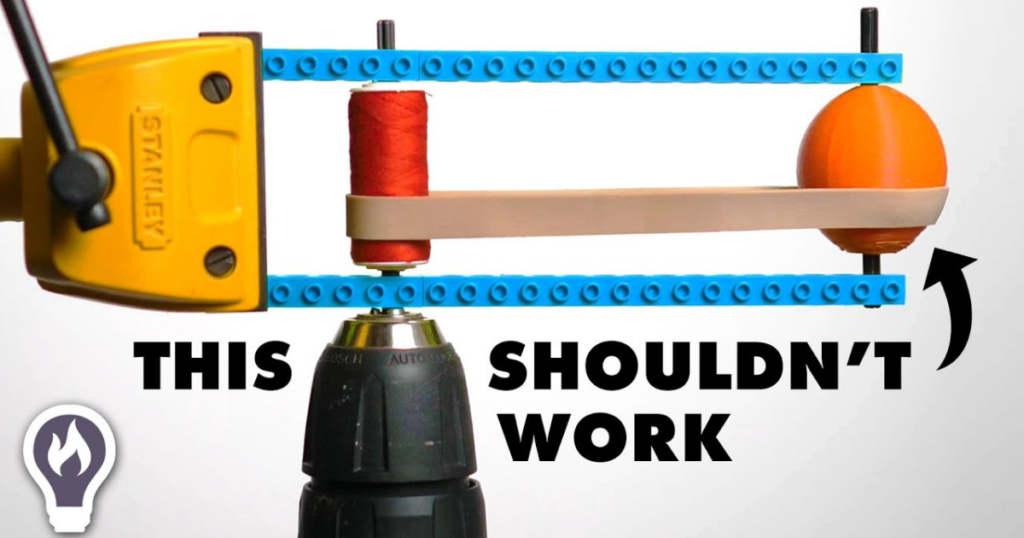
Imagine a pulley, a device used to change the direction or force of a belt. Now, imagine this pulley has a curved surface, not a flat one. Wouldn’t you expect the belt to slide right off? Surprisingly, in the case of a crowned pulley, the opposite happens! The belt actually moves towards the center of the pulley as it rotates.
This seemingly impossible feat is the topic of this fascinating exploration. Let’s delve into the counterintuitive world of crowned pulleys and discover the science behind their magic.
Intuition vs. Reality: Why We Expect the Belt to Slip
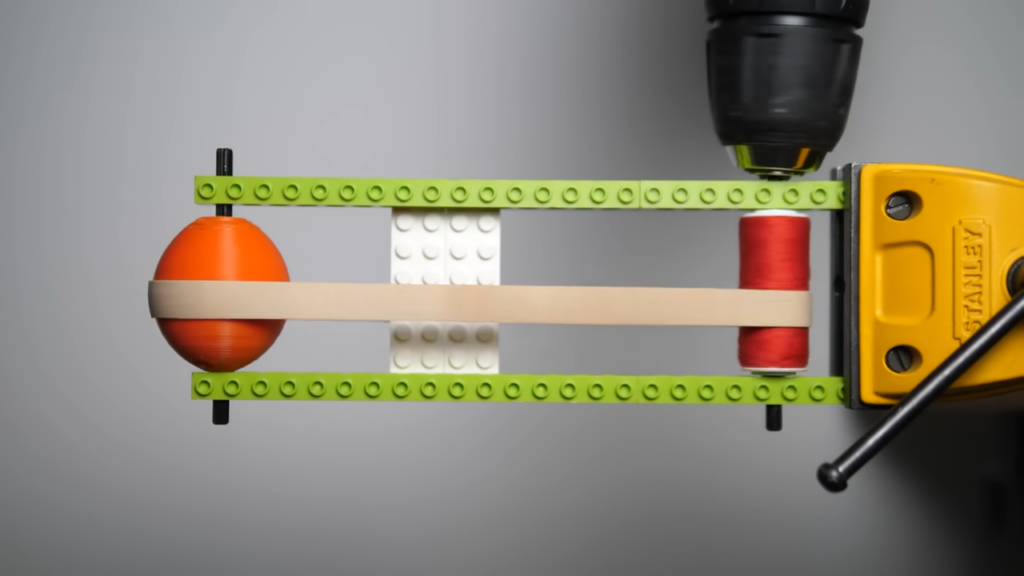
Our initial intuition tells us that the belt should slip off a crowned pulley. After all, rubber bands tend to slide down inclined surfaces. But crowned pulleys defy this expectation. To understand why, we need to consider the stretchy nature of rubber bands.
When you stretch a rubber band, it pulls back due to its internal forces. This “restoring force” tries to minimize the band’s length. In other words, shorter is more energetically favorable for the band.
Now, imagine the rubber band slipping down the curved surface of the pulley. As it does, it gets shorter, seemingly fulfilling its desire for minimal length. This aligns with our intuition about inclined surfaces.
The Secret Ingredient: The Band’s Subtle Curve

However, there’s a crucial detail we’re missing. When you stretch a band unevenly, holding only one edge, it doesn’t just get longer; it also curves upwards. This is because the stretched edge experiences more tension than the other.
The crowned pulley takes advantage of this subtle curvature. The curved band, when placed on the pulley, comes into contact with a higher section of the band already on the pulley. This difference in height, due to the curvature, creates a slight upward movement, nudging the band towards the center.
Visualizing the Effect: From Wide Bands to Models
To illustrate this point, the video demonstrates the effect with different types of bands. A wide, flat band eventually slips off, confirming our initial intuition. However, a narrower band with more curvature exhibits the desired behavior, moving towards the center.
For further clarity, the video even delves deeper, using a network of springs to mimic the stretchy behavior of the band. This physical model visually showcases how the uneven pull on the springs creates the upward curvature that ultimately leads the band towards the center.
Entropy: The Hidden Force Behind Elasticity
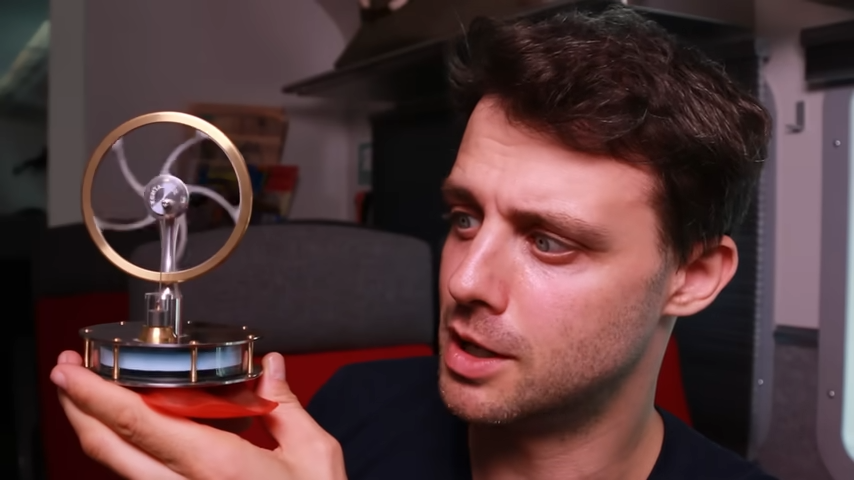
But why does the band curve in the first place? The answer lies in the fascinating world of entropy. Rubber bands are made of long, chain-like molecules that are jumbled up in their relaxed state. Stretching the band aligns these chains, decreasing the “jumbledness” and therefore the entropy.
However, systems naturally tend towards higher entropy. This seemingly contradictory statement is explained in a separate video (linked within the main video) for those curious to explore further.
Beyond Intuition: The Practical Applications of Crowned Pulleys
Crowned pulleys are not just scientific curiosities; they have real-world applications. The video showcases their use in belt sanders, demonstrating their effectiveness in keeping the belt centered and preventing slippage.
Unveiling the Magic: A Journey into Counterintuitive Science
This exploration of crowned pulleys serves as a reminder that our intuition can sometimes be misleading. By delving deeper into the science behind seemingly impossible phenomena, we can uncover hidden forces and principles that govern the world around us. So, the next time you encounter something that defies your initial understanding, remember, there might be a fascinating explanation waiting to be explored!


